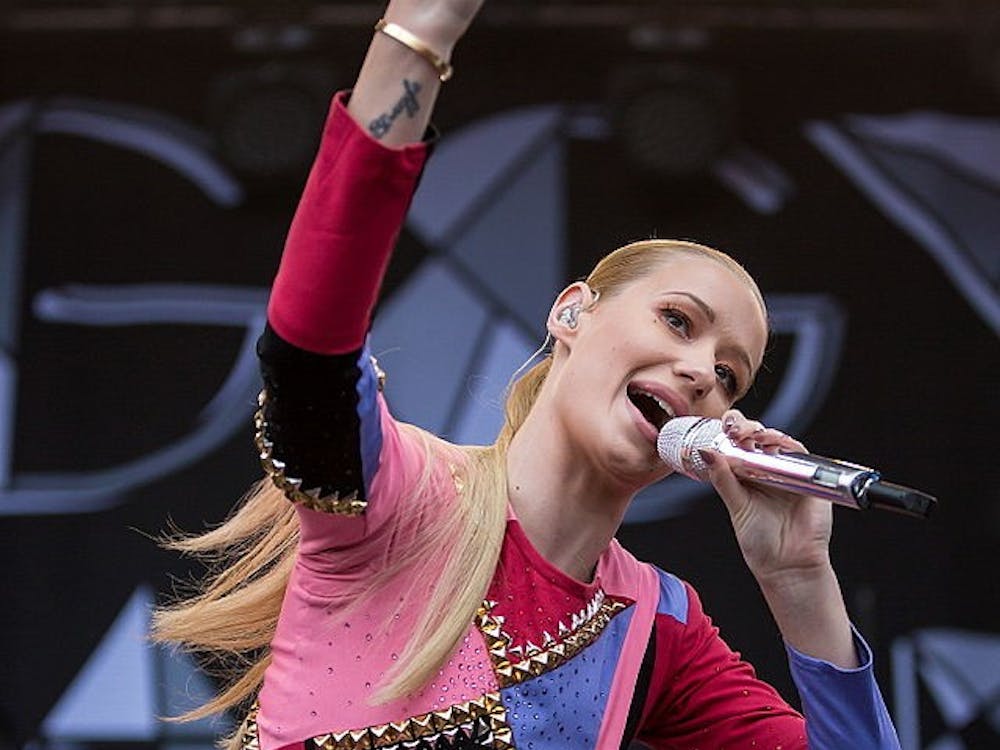Super Bowl Sunday is not just a competition between two football teams; contrary to popular belief, the event is as much a bowl game for advertising agencies as it is for the NFL. As one of the most widely watched televised sporting events of the year, the Super Bowl offers advertisers the opportunity to pull out all the stops.
Though many critics claim the level of creativity in Super Bowl ads has not quite lived up to the hype in recent years, advertisers tried something new for 2008: PG-rated humor. The ads in the 2008 Super Bowl steered clear of much of the raunchy humor and racy content of years past -- with some notable exceptions, of course.
From the late 1990s through the early 2000s, the price of Super Bowl ads increased drastically. In recent years, however, ad agencies failed to produce memorable commercials, and as a result, prices have flat-lined.
"We dropped off the last two or three years in terms of creativity," University Marketing Prof. Jack Lindgren said. "Prices went up and up and up, [but] this year we're at $2.7 million for a 30-second ad -- that's as much we spent last year; it didn't go up."
So why do companies want to spend as much as $2.7 million for a mere 30-second ad?
"High viewership is one of the reasons," fourth-year Commerce student Lauren Brown said. "The Super Bowl is traditionally an arena to showcase the most creative ads." By "creative ads," Brown means ads that "hit a part of culture to which people can relate." This can mean humor that is provocative, ironic or edgy.
Though the Super Bowl has typically been a venue for humor targeted at adult males ages 25 to 34, this year the industry attempted to combat lackluster response to ads by expanding the target audience to include a wider array of fans -- including women and children -- and in turn decreasing the raunchiness.
So who were the winners of the 2008 Super Bowl of Advertisements?
One of the most successful campaigns of this year came from Pepsi Co., which bought two one-minute spots and featured several big-name celebrities. Pepsi's second-quarter commercial featured mega-star Justin Timberlake being dragged through a neighborhood because of the pull of a girl sipping a Pepsi. The entertaining ad won big because of its dual sponsorship with Amazon.com, as well as the easily recognizable face of JT.
Notably appealing to the female viewers of Super Bowl Sunday, hair-care brand Sunsilk ran two ads in the second half of the game. Featuring celebrity names like Madonna and Marilyn Monroe, the ultra-feminine commercials showcased the diversity of Super Bowl marketing this year.
The reigning champs of Super Bowl advertising, beer maven Anheuser-Busch, didn't disappoint. Ads featured celebrities such as Will Ferrell and Carlos Mencia, as well as the trademark Budweiser Clydesdale horses. Loaded with male-driven humor (but not too over-the-top), Anheuser-Busch was the only company that successfully created PG-rated ads that still pushed the envelope.
Granted, the emotionally charged and intense competition between the undefeated New England Patriots and the underdogs, the New York Giants, provided more than enough excitement on its own. Perhaps the action of the game overshadowed the entertainment of the advertisements. But for whatever reason, even amid Eli Manning's game-winning fourth-quarter drive, this year's Super Bowl commercials could not help but feel a bit too tame.






